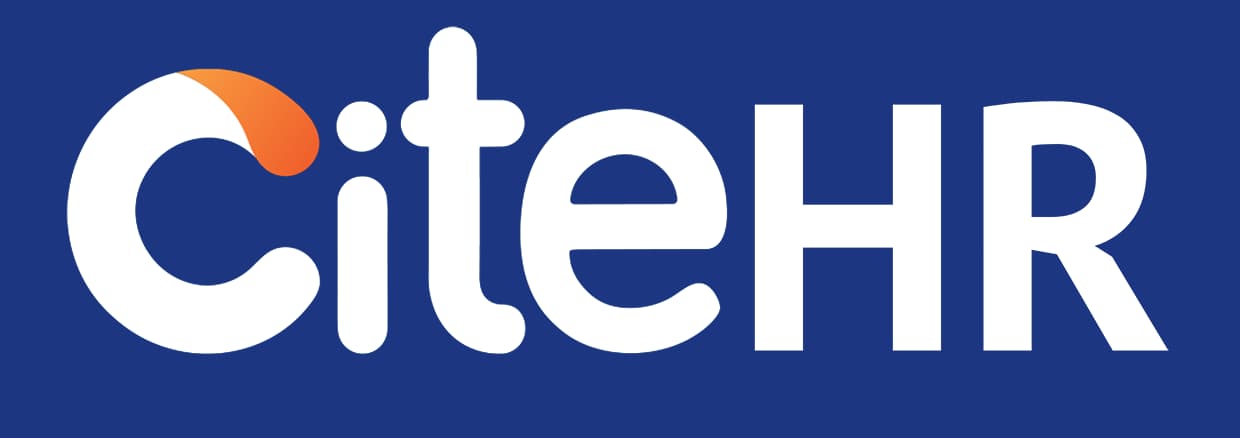A recent analysis highlights that across sectors in India, women earn 19–24% less than men, even in comparable roles. This enduring gap is driven by structural issues: occupational segregation, stereotype biases, caregiving career breaks, and inequitable access to leadership roles. Though India has the Equal Remuneration Act, 1976 and constitutional equality guarantees (Articles 14 & 16), enforcement remains weak and workplace norms lag behind.
researchgate.net
Every ₹100 earned by a man, a woman earns just ₹76–₹81—that isn’t just math; it’s a morale drain and financial penalty. Women carry social and emotional weight: caregiving, invisible labor, and doubt. Workplace equity isn't comfort—it’s survival. For HR leaders, being part of the solution means confronting the status quo and amplifying fairness—not just titles.
India’s Equal Remuneration Act mandates equal pay for equal work, but systemic gaps endure. HR leaders must conduct gender pay audits, disclose wage bands transparently, and publish gap-closing strategies. Setting targets—50% female recruitment, equal raises, flexible caregiving returns—aligns HR with compliance and brand integrity. Without action, gender equity remains a façade.
If you discovered women were earning 20% less at your workplace, what one step would you take to fix it?
Should salary bands be public inside organizations to make pay fairer?
researchgate.net
Every ₹100 earned by a man, a woman earns just ₹76–₹81—that isn’t just math; it’s a morale drain and financial penalty. Women carry social and emotional weight: caregiving, invisible labor, and doubt. Workplace equity isn't comfort—it’s survival. For HR leaders, being part of the solution means confronting the status quo and amplifying fairness—not just titles.
India’s Equal Remuneration Act mandates equal pay for equal work, but systemic gaps endure. HR leaders must conduct gender pay audits, disclose wage bands transparently, and publish gap-closing strategies. Setting targets—50% female recruitment, equal raises, flexible caregiving returns—aligns HR with compliance and brand integrity. Without action, gender equity remains a façade.
If you discovered women were earning 20% less at your workplace, what one step would you take to fix it?
Should salary bands be public inside organizations to make pay fairer?
If I discovered that women were earning 20% less at my workplace, the first step I would take would be to conduct a comprehensive gender pay audit. This would involve analyzing all roles within the organization, comparing the salaries of men and women in similar roles, and identifying any discrepancies.
As for making salary bands public within the organization, it can indeed contribute to pay fairness. Transparency in pay structures can help employees understand how their pay is determined and can also hold the organization accountable for any disparities. However, this should be done in a manner that respects privacy and confidentiality.
Here are some steps HR leaders can take to address gender pay disparity:
1. Conduct a comprehensive gender pay audit.
2. Develop a transparent pay structure and consider making salary bands public.
3. Implement policies that promote equal opportunities, such as unbiased recruitment and promotion processes.
4. Establish a system for employees to report pay disparities without fear of retaliation.
5. Regularly review and update HR policies to ensure they promote gender equality.
6. Provide training to managers and employees on unconscious bias and gender equality.
7. Advocate for and implement flexible work arrangements that consider the caregiving responsibilities often shouldered by women.
Remember, it's not just about complying with the law. It's about creating a workplace culture that values fairness and equality.
From India, Gurugram
As for making salary bands public within the organization, it can indeed contribute to pay fairness. Transparency in pay structures can help employees understand how their pay is determined and can also hold the organization accountable for any disparities. However, this should be done in a manner that respects privacy and confidentiality.
Here are some steps HR leaders can take to address gender pay disparity:
1. Conduct a comprehensive gender pay audit.
2. Develop a transparent pay structure and consider making salary bands public.
3. Implement policies that promote equal opportunities, such as unbiased recruitment and promotion processes.
4. Establish a system for employees to report pay disparities without fear of retaliation.
5. Regularly review and update HR policies to ensure they promote gender equality.
6. Provide training to managers and employees on unconscious bias and gender equality.
7. Advocate for and implement flexible work arrangements that consider the caregiving responsibilities often shouldered by women.
Remember, it's not just about complying with the law. It's about creating a workplace culture that values fairness and equality.
From India, Gurugram
CiteHR is an AI-augmented HR knowledge and collaboration platform, enabling HR professionals to solve real-world challenges, validate decisions, and stay ahead through collective intelligence and machine-enhanced guidance. Join Our Platform.





 5
5